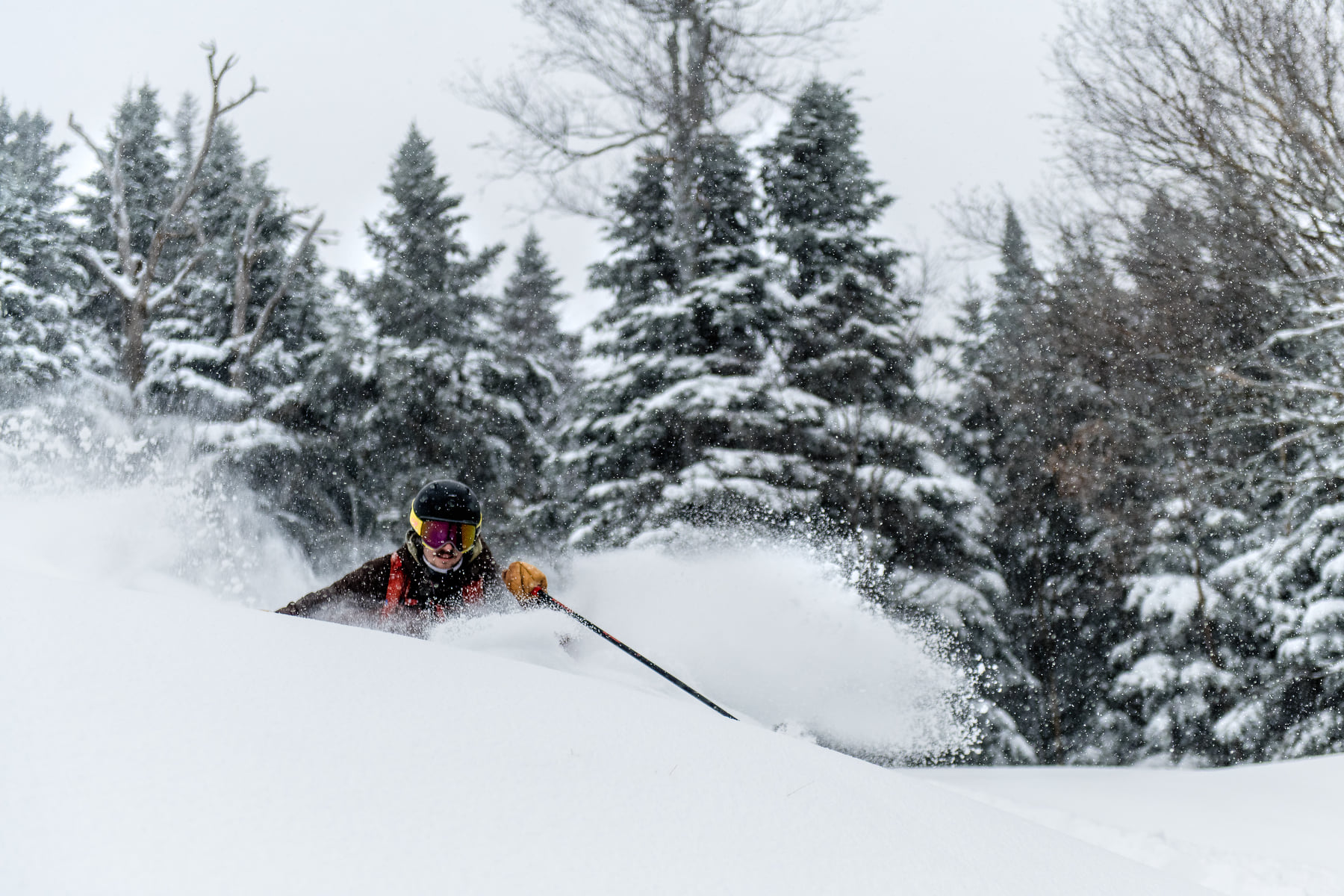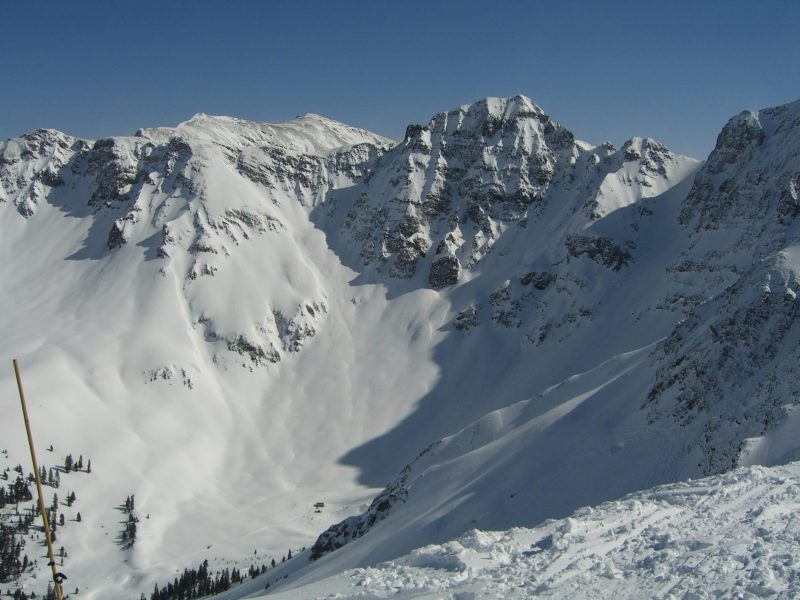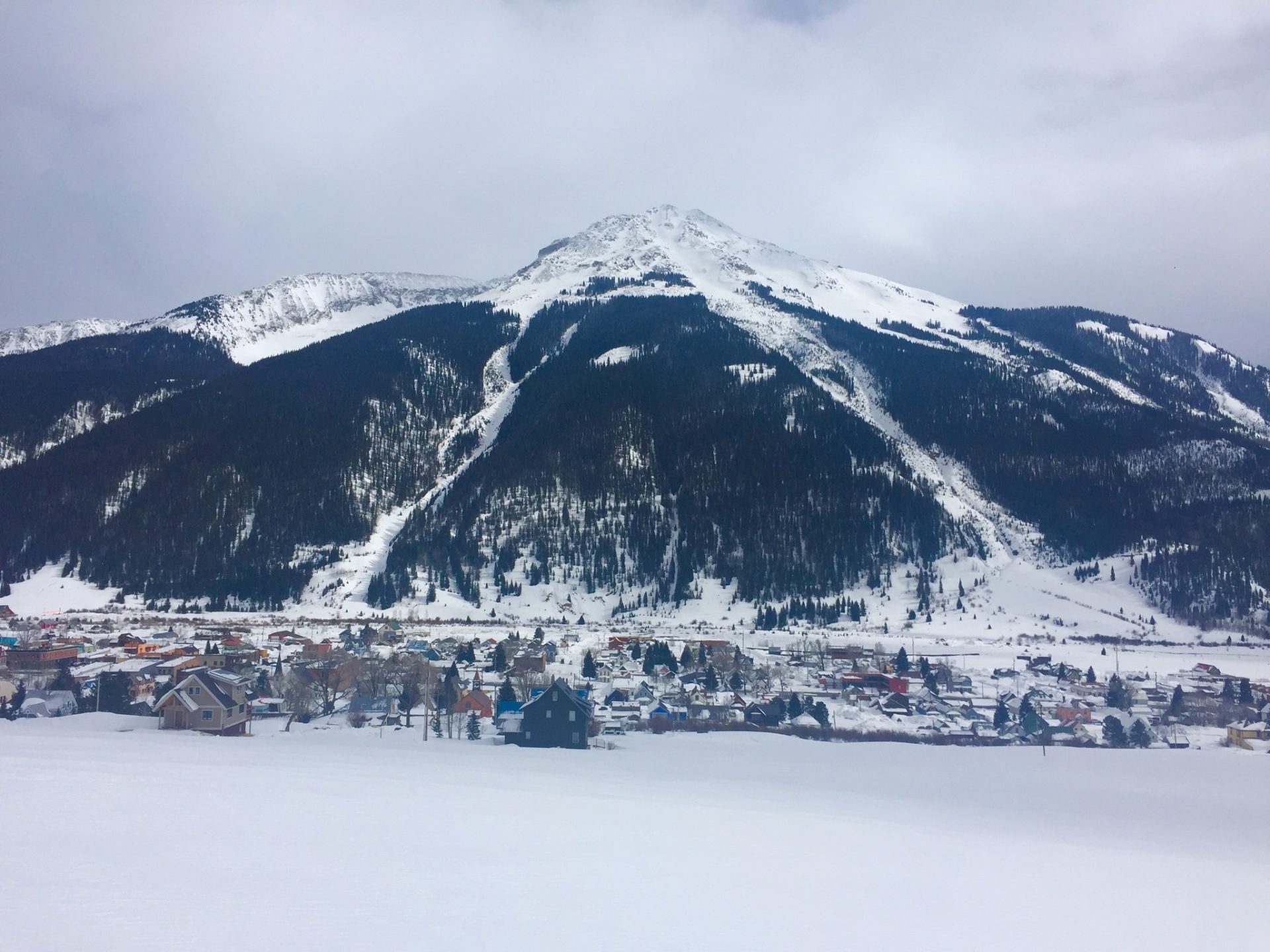
Many challenges and factors affect a ski resort season. Operational costs, staffing, and mountain upgrades are variables that resorts have to deal with every year. Climate change and warmer temperatures have made it increasingly challenging for all ski resorts to have a successful season. Some regions worldwide have seen less snowfall over the last decade, which can lead to a shorter operating season. Having less predictable snow and reliable conditions leads to fewer skier visits and sometimes cancellation of events. To mitigate less snowfall throughout the season, ski resorts have allocated millions of dollars to upgrade and improve their snowmaking capabilities to combat the warmer temperatures. Even with today’s advanced snowmaking systems that feature high-efficiency snow guns, automation, and vast coverage across the mountain, it’s still difficult to guarantee a good ski season. Today, it’s hard to imagine that a ski resort has no snowmaking systems on its mountain. However, some ski resorts have been able to continue to operate without snowmaking. So, how are these ski resorts making it with little to no snowmaking capabilities?
For most regions, it’s normal for skiers to expect to hit the slopes by the last week of November and keep skiing into April. They also expect suitable snow coverage and access to terrain. This has proven difficult for ski resorts that even have some of the best snowmaking systems in the world. To think of a ski resort operating with no snowmaking capabilities in today’s climate almost seems unthinkable. It is rare for this to happen, but some ski resorts thrive despite having minimal capabilities.
Mad River Glen, Vermont

Without robust snowmaking, a ski resort’s survival hinges on cold temperatures and consistent snow. Mad River Glen, Vermont, is one of those resorts making it with little snowmaking operations. The resort relies on an average of 269 inches of natural snow and consistently cold temperatures to make it through the season. It is one of the last ski resorts in New England that relies primarily on natural snowfall and not snowmaking systems. The Co-op’s bylaws even provide stringent regulations restricting snowmaking above 2,300 feet. The skiers at Mad River Glen love the natural snow and classic New England terrain. The mountain does implement snow farming and conducts trail maintenance to maximize snowpack on the slopes.
Silverton Mountain, Colorado

Silverton Mountain, Colorado, has some of the most challenging and steepest terrain in the country. It is famous for its backcountry skiing and expert lift-served skiing. 100% of the trails at Silverton Mountain are rated expert or harder. There is one lift and no grooming on the mountain, with tons of bowls, chutes, cliffs, and powder. Avalanche gear is required to ride the lifts at all times. Silveron’s summit elevation is over 13,000 feet, with a vertical drop of over 3,000 feet. Its high elevation greatly assists with keeping the snowpack solid throughout the season. The mountain also receives 230 inches of snow a season, with January and February being the two months for the most significant snowfall.
Monarch Mountain, Colorado

Monarch Mountain, Colorado, located in the heart of the Rocky Mountains near Salida, offers an authentic and independent skiing experience. This gem is known for its abundant natural snowfall, averaging around 350 inches annually, ensuring consistent snow conditions. Monarch Mountain prides itself on a relaxed and friendly atmosphere, unlike many larger, more commercialized resorts, attracting families and avid skiers who appreciate its no-frills approach and affordability. The resort’s elevation, with a base at 10,790 feet and a summit at 11,952 feet, ensures reliable snow and stunning panoramic views of the surrounding Sawatch Range.
In July, the resort announced that it received official approval from the United States Forest Service to expand its special use permit boundary into the No Name Basin after a decade of planning. The development adds 377 acres of terrain to the existing 800 acres for nearly a 50% increase in total acreage. This summer, the plan is to build the access road, extend the powerline, and cut runs. In the summer of 2025, the ski area plans to install a three-person, 2,700-foot-long fixed-grip lift with a warming hut and restroom facility. The expansion will open early in the 2025-26 season.
Kendall Mountain, Colorado

Kendall Mountain is a local ski hill in Silverton, Colorado. It caters to families and beginner skiers and has a 240-foot vertical drop, four groomed trails, multiple tree runs, a small terrain park, and one double chair lift. It receives 200 inches of snowfall annually. It is the counterbalance to nearby Silverton Mountain, whose terrain is geared for expert skiers. Its base lodge sits at 9,313 feet, which gives it the necessary elevation to provide consistently cold temperatures for a good season.
Mt. Baker Ski Area, Washington

Every ski resort desires help from Mother Nature, and Mt. Baker Ski Area, Washington, is known for getting dumped on and having a significant snowpack. With 558 inches of snowfall this season, the resort currently holds the number two spot for total snowfall, trailing only Alyeska, Alaska, which has topped 600 inches. Mt. Baker is known for its steep terrain, record-breaking snowfall, and laid-back atmosphere. It is also a favorite among hardcore skiers and snowboarders seeking an authentic, no-frills mountain experience.
These ski resorts prove that it is possible to survive with little to no snowmaking systems. It is difficult to accomplish and requires reliable snowfall, consistently cold temperatures, and a little help from Mother Nature. Even though ski resorts have used snowmaking to fight climate change, these resorts show that it is not the silver bullet for delivering a successful ski season.